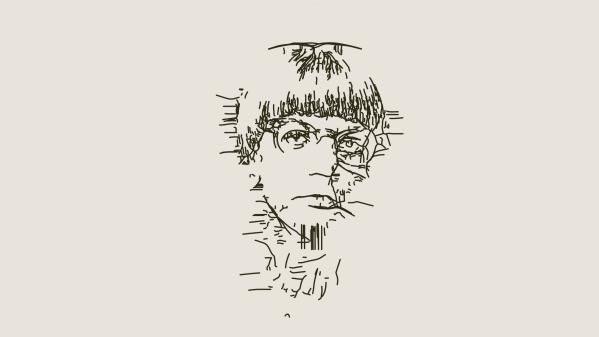Petra Jenning: Digital Transformation

As in all times, today's architect's role is shaped by contemporary technological development and understanding. We have made a journey from the master builder who worked and communicated directly on the construction site with a deep knowledge of the craft, to the modernists' pursuit of efficiency and rationalization. Production was moved away from the construction site and into the factory, which also reduced the visibility, knowledge and proximity to manufacturing for the architect. There arose an era of the plan first and execution later. And the architect got stuck in planning. Today, we mainly draw static drawings with hard lines and fixed dimensions. We convey the geometrical building should have when it is ready.
We are facing a new leap in technological development. This time it's about digitisation, robotization and artificial intelligence. Just like before, this leap will also affect and change our role as architects. The development that is now taking place is largely about breaking the barrier between planning first and then doing. Things around us are becoming smart - getting sensors, sensing, reacting and adapting. Words like feedback, iteration and prototyping are increasingly important. There has emerged an understanding that the best result may not be that which is planned most carefully, but which is allowed to be tested, evaluated, influenced by and changed together with the users. We see it clearly in software development but rarely in physical products and environments.
Within robotics, the focus today is on collaborative robots, collaboration with people and being responsive to their surroundings. The new robots are easy to program and compared to before, they are better adapted to create or be part of the varied and site-specific architecture. At universities and schools of architecture around the world, we also see robotics becoming increasingly integrated into architectural research and education. Many newly trained architects have an understanding of and control over a digital process from sketching to manufacturing, and this shows the way for the architect to take a greater role with the help of digital support. With knowledge and control over how manufacturing takes place, we also get greater control over cost, risk and how what we design will work.
When the modernists dreamed of the building as a machine, we are now moving towards understanding the building as an organism. An ecosystem of functions and processes that sense needs and conditions - react, adjust, change and adapt. Where computers and robots are integrated into the building and become one with the architecture. The binary division between planning and execution is broken and instead, a continuum of ongoing processes is enabled. Perhaps in the future, we will see buildings that rebuild themselves as needed – on a seasonal basis, weekly, or maybe even every day. To understand and convey such a building, other tools are needed than the classic drawing, we need to convey logic and a process – a recipe instead.
And here there is also a shift in the architect's role. The focus shifts from communicating what the built environment should look like when it is completed, to producing the entire digital process that creates the architecture. We can once again get close to how buildings materialize, but also how they survive, which sensory buds they should have, and how and when they should adjust, change and adapt. Then the architect lives in symbiosis with their building throughout their lifetime.